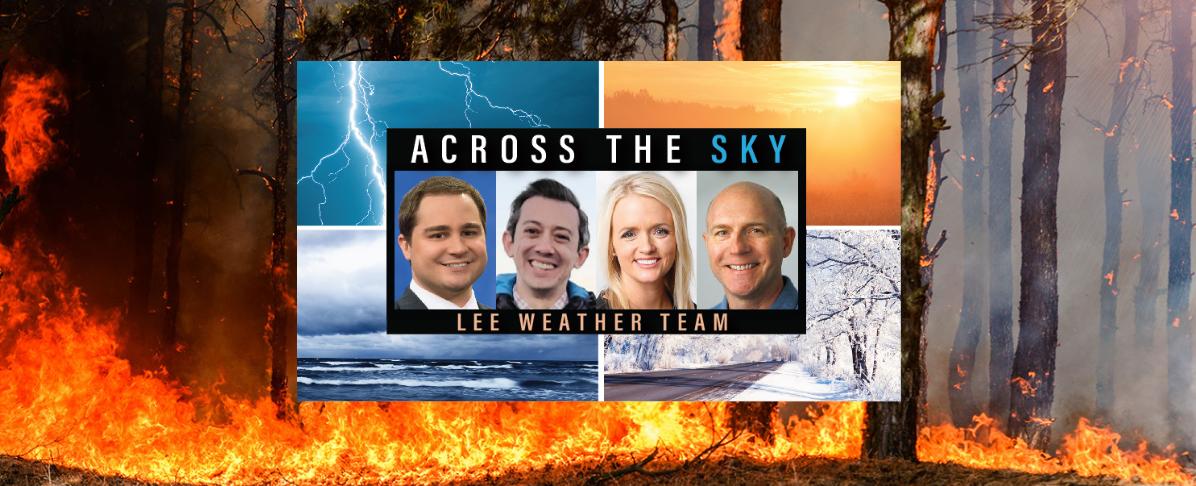Why wildfires and their smoke are getting worse

As the world heats up and droughts become more common, wildfires have become a new norm in many parts of the world, especially in the western United States. This isn’t just bad news for people living in wildfire-prone areas, but it’s also a growing health concern for millions of people who live hundreds of miles away from the fire. A recent article on The Conversation delves into some of the primary reasons why wildfires and their smoke are getting worse.
One of the key factors leading to the increase in wildfires is climate change. Rising temperatures and weather patterns make the vegetation drier and more prone to ignition. Another factor is human activity, including the building of homes in forested areas, and the use of fire suppression techniques that prevent natural fire cycles from happening. Wildfires and their smoke are also exacerbating climate change, as the smoke released from the fires contributes to greenhouse gases and other pollutants in the atmosphere.
What does this all mean for us? As the article points out, the smoke from these wildfires can have a severe impact on people’s health, particularly those with respiratory issues. In recent years, increased frequency and intensity of forest fires have caused unsafe air quality levels, which can lead to asthma attacks, bronchitis, and other respiratory problems.
So how can we combat this? The article suggests a combination of strategies, including reducing human activity in fire-prone areas, developing better land use management strategies, and promoting more natural fire cycles. The article also stresses the need for policymakers to act on climate change, reducing our carbon footprint and tackling the root of the problem.
Overall, this is an important topic that affects millions of people worldwide and highlights the urgent need for collective action on climate change. As we move forward, it’s essential to stay informed and work towards reducing our impact on the environment, to prevent further damage from happening.
Quick Links

